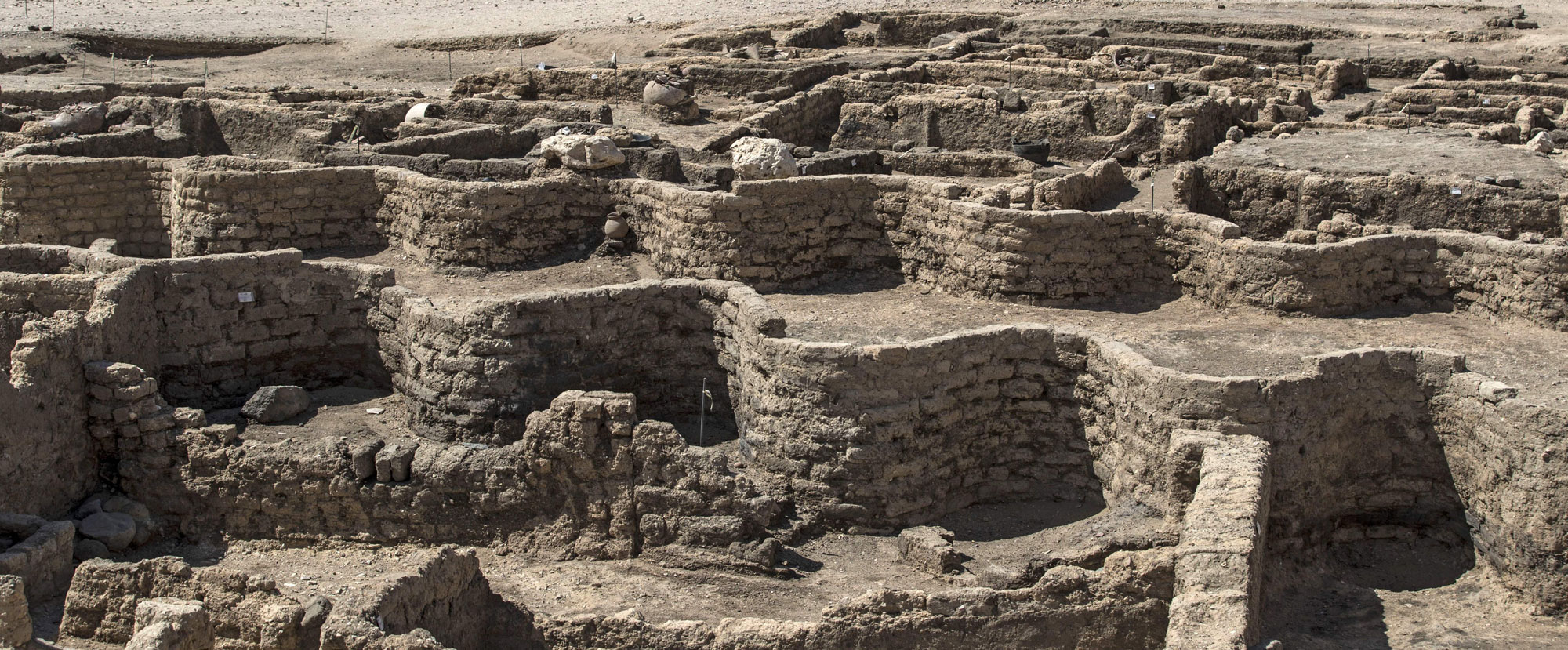ROME, ITALY—According to a Science News report, a new study of a rectangular pool built some 2,550 years ago on the island of Motya, which is located off the western coast of Sicily, suggests it was fed by springs and was sacred to the Phoenicians. It had been previously thought that the pool might have been connected to the sea with a channel and used as an artificial inner harbor or as a dry dock. Lorenzo Nigro of Sapienza University said that although Greek invaders eventually dug a channel from the pool to a nearby lagoon, the Phoenicians situated the body of water in the center of a religious compound. The complex was aligned with celestial bodies associated with Phoenician gods on particular days of the year, such as the summer and winter solstices. The surface of the water, Nigro explained, would have reflected the night sky. Positions of the stars may have been marked in the pool with poles, he added. A statue of the Phoenician god Ba’al is thought to have stood on a pedestal in its center, he added, based upon the discovery of a stone block with remnants of a large sculpted foot, and a dedication to Ba’al found in one corner. Read the original scholarly article about this research in Antiquity. To read about Phoenician ceramic figurines recovered from the seafloor off northern Israel, go to "Offerings at Sea."
Island Pool May Have Been Sacred to the Phoenicians
News March 20, 2022
Recommended Articles
Features March/April 2025
An Egyptian Temple Reborn
By removing centuries of soot, researchers have uncovered the stunning decoration of a sanctuary dedicated to the heavens
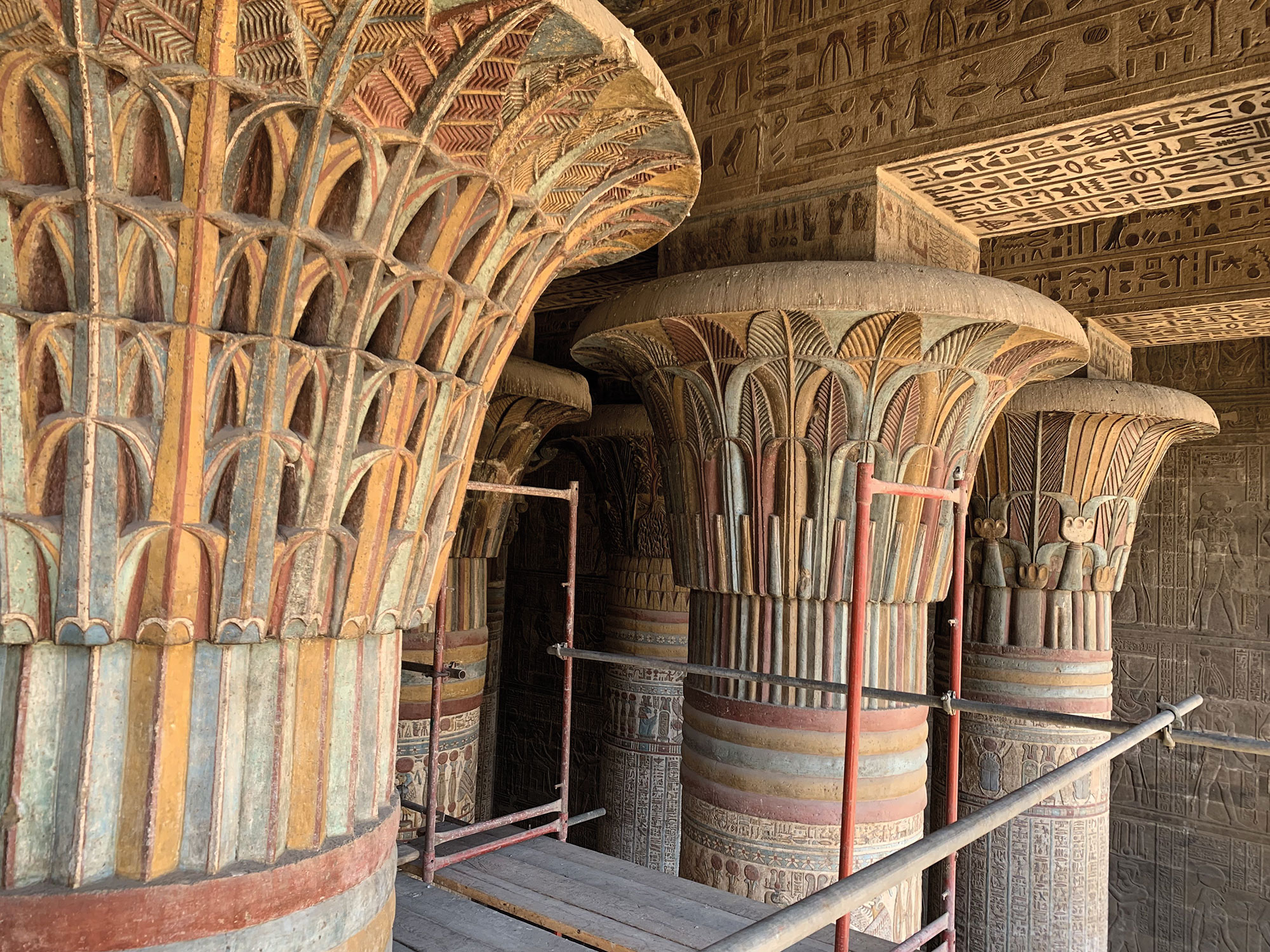
Mapping the Past May/June 2019
The Nebra Sky Disc

Off the Grid September/October 2025
Necropolis of Pantalica, Italy

Artifacts September/October 2025
Anglo-Saxon Coin
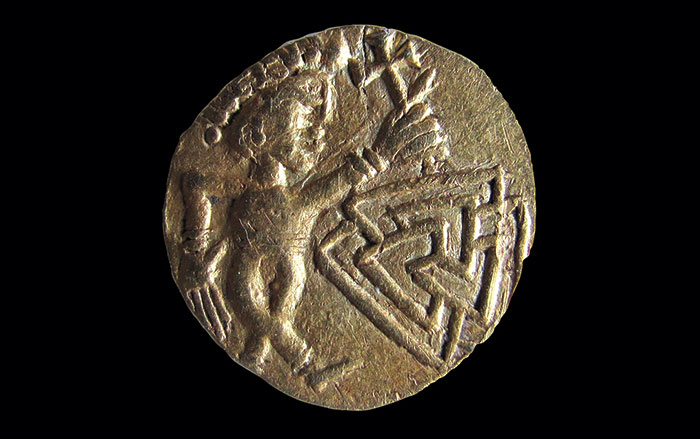
-
Features January/February 2022
At Face Value
Researchers are using new scientific methods to investigate how artists in Roman Egypt customized portraits for the dead
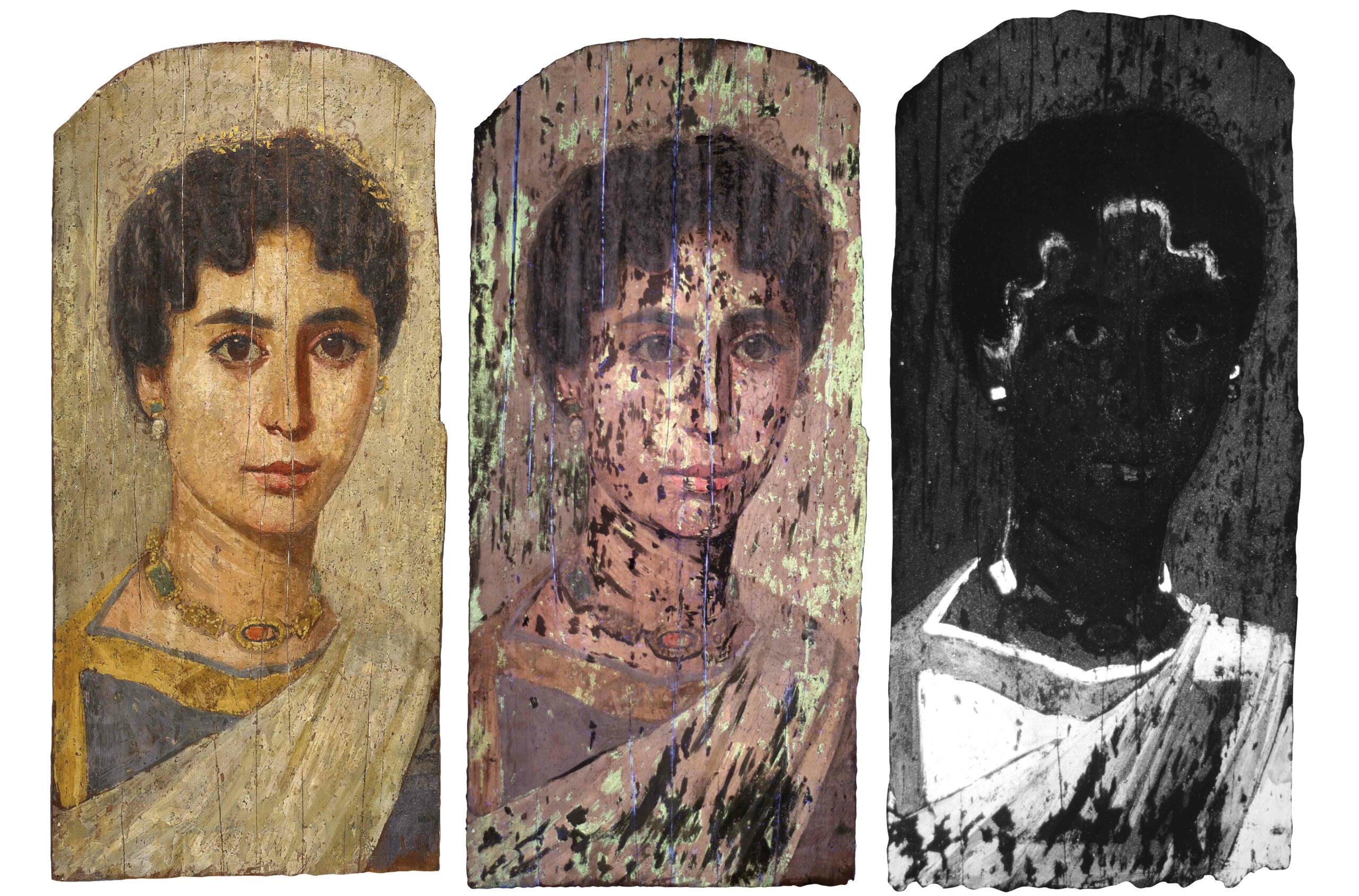 (© The Trustees of the British Museum)
(© The Trustees of the British Museum) -
Letter from the Galapagos Islands January/February 2022
Transforming the Enchanted Isles
Archaeologists uncover the remote archipelago’s forgotten human history
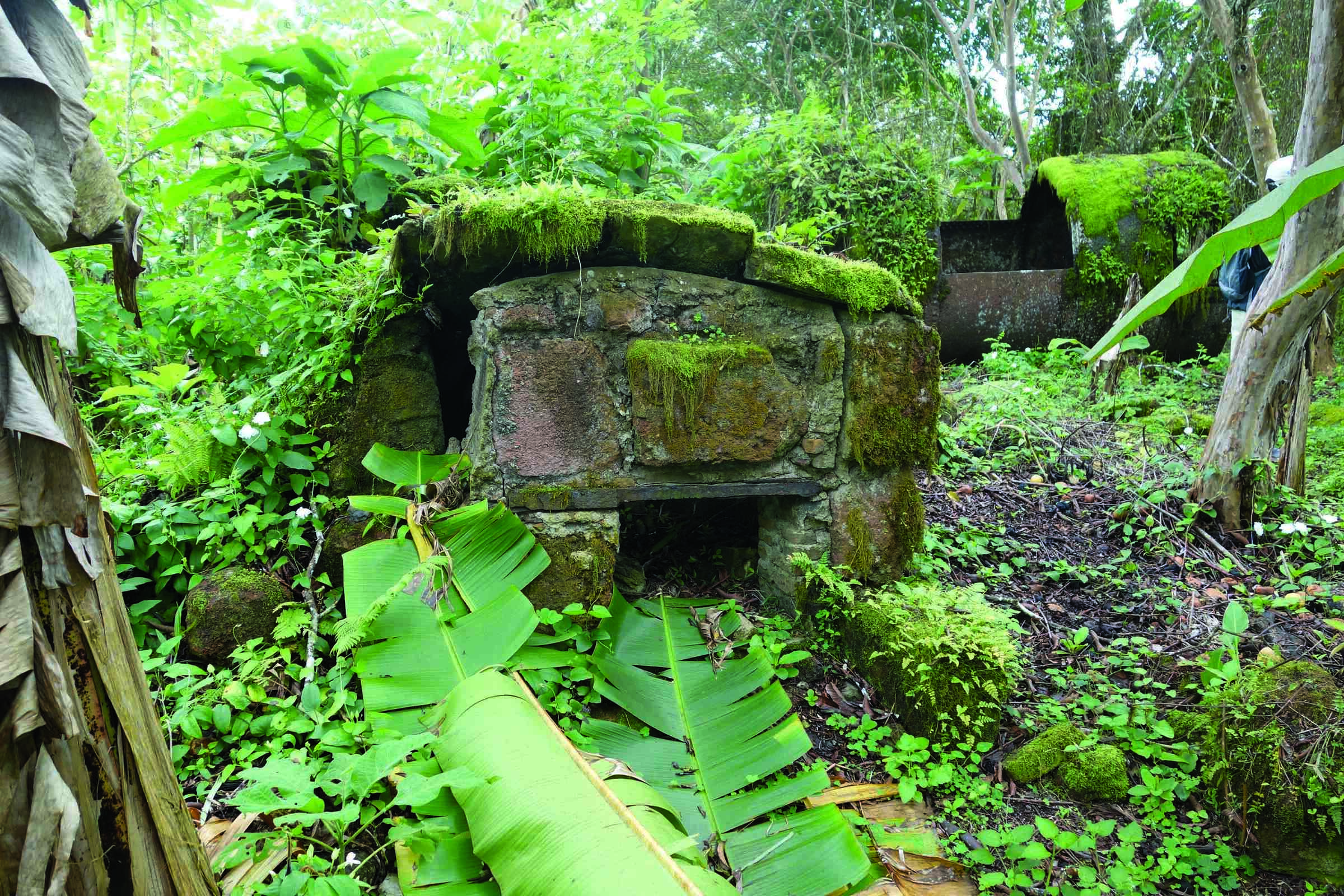 (Courtesy Historical Ecology of the Galapagos Islands Project)
(Courtesy Historical Ecology of the Galapagos Islands Project) -
Artifacts January/February 2022
Roman Key Handle
 (University of Leicester Archaeological Services)
(University of Leicester Archaeological Services) -
Digs & Discoveries January/February 2022
The Roots of Violence
 (Courtesy of the Wendorf Archives of the British Museum)
(Courtesy of the Wendorf Archives of the British Museum)


